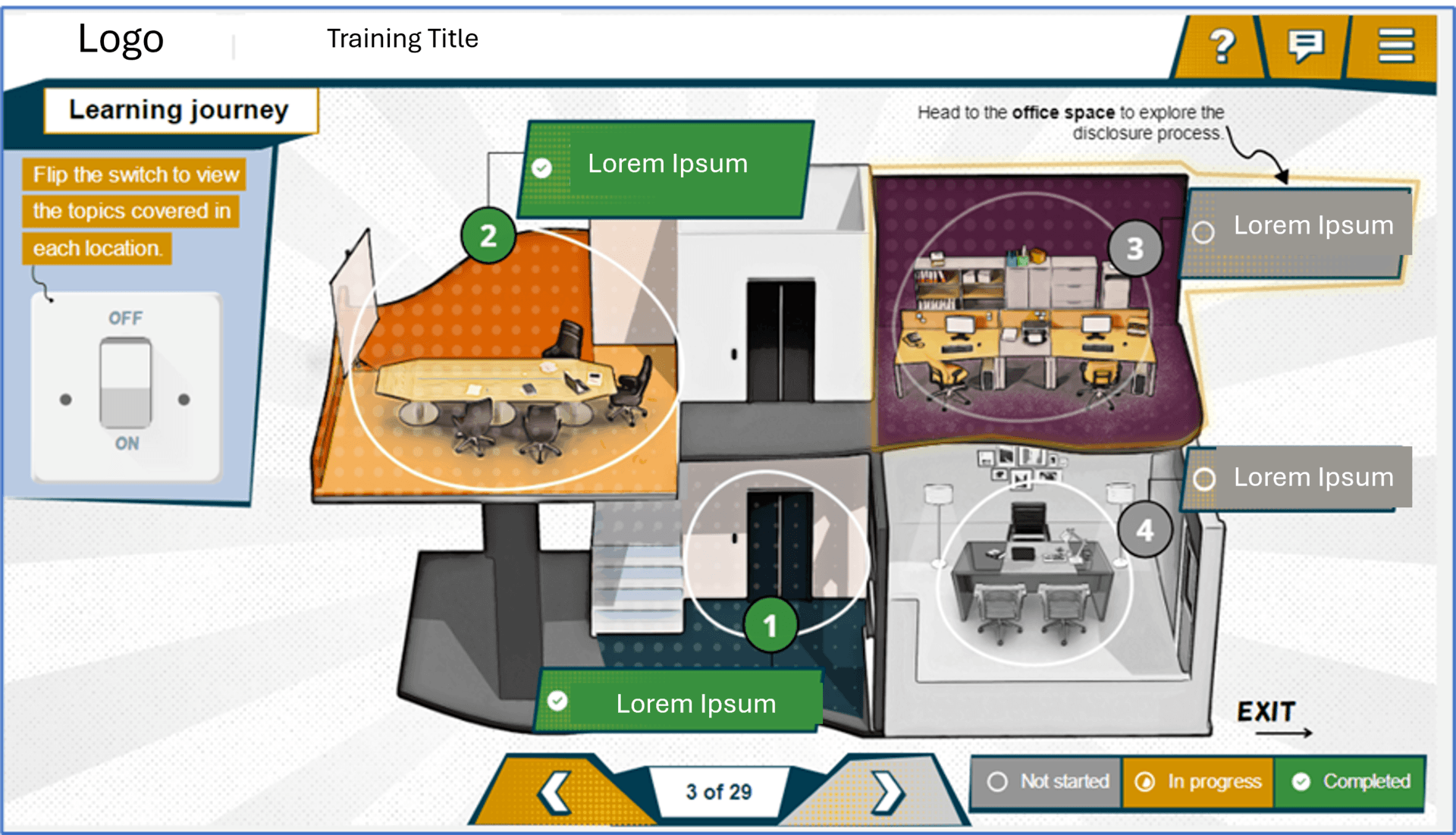The Role Of L&D In Transforming The Aviation And Airlines Industry
The aviation industry is undergoing a significant transformation, highlighting the crucial role of Learning and Development (L&D) in upskilling employees to meet the evolving demands of the sector. As organizations strive for efficiency and competitiveness, investing in L&D becomes paramount.
Empowering Aviation And Airline Industry’s Transformation Through L&D
Jack Welch’s wisdom about the importance of continuous learning applies directly to the aviation industry, where skill-based organizations are leveraging personalized, data-driven training methods to drive impactful change. In today’s challenging environment, L&D plays a pivotal role in empowering this transformation.
Here are some ways L&D can drive the aviation industry’s evolution:
- Supporting new revenue models: Enable employees to adapt to innovative business strategies and capitalize on new market opportunities.
- Fostering customer-centric skills: Enhance communication and emotional intelligence to provide personalized, high-quality customer service.
- Enhancing operational efficiency and sustainability: Equip employees with skills in process optimization, lean methodologies, and eco-friendly practices.
- Preparing the workforce for future challenges: Continuous upskilling in emerging technologies and fostering a growth mindset to navigate industry changes.
Optimizing Aviation Performance Through Future-Ready Skilling
Tailored training programs focusing on safety, technical skills, and operational efficiency are crucial for enhancing aviation performance. By developing skills in compliance, technical know-how, and soft skills, organizations can ensure a workforce ready for industry demands.
Key training programs include:
- Compliance training: Ensuring adherence to regulations and industry standards.
- Technical training: Equipping employees with specialized skills for complex tasks.
- Soft skills and customer experience training: Developing interpersonal abilities for enhanced customer interactions.
- Leadership and operations training: Focusing on team management and operational efficiency.
- Behavioral training: Shaping positive workplace attitudes and behaviors.
- Cross-cultural training and DEI: Promoting an inclusive work environment and cultural understanding.
Innovative Learning Strategies For The Aviation And Airlines Industry
With rapid technological advancements and a focus on safety and sustainability, the aviation industry must adopt innovative learning strategies. These strategies include scenario-based learning, VR-enhanced training, and just-in-time learning to enhance employee capabilities and adaptability.
Some effective strategies include:
- Scenario-based learning: Enhancing decision-making skills in critical situations.
- VR-enhanced immersive learning: Accelerating skill development through interactive simulations.
- Advanced simulations: Practice critical skills in controlled settings using high-fidelity simulators.
- Roleplay for customer service: Simulating customer interactions to improve communication skills.
- Just-in-time learning: Providing targeted microlearning modules when needed.
- Behavioral change training: Leveraging data for developing new behaviors aligned with organizational goals.
Measuring The Impact Of L&D In Aviation
Measuring the return on investment (ROI) of L&D in the aviation industry is essential for demonstrating tangible benefits amid industry changes. Evaluating operational metrics, customer experience, retention, and compliance can help organizations optimize resources and meet evolving demands.
Case Study: Enhancing Compliance Awareness Through Conflicts Of Interest Training
Objective
A large airline company implemented conflicts of interest training to enhance employee awareness and disclosure.
Solution
An online training module was developed, featuring interactive elements and real-world scenarios to educate employees on conflict disclosure.
Impact
The training module resulted in a 98% completion rate and increased awareness of conflicts of interest among employees, showcasing its effectiveness.





